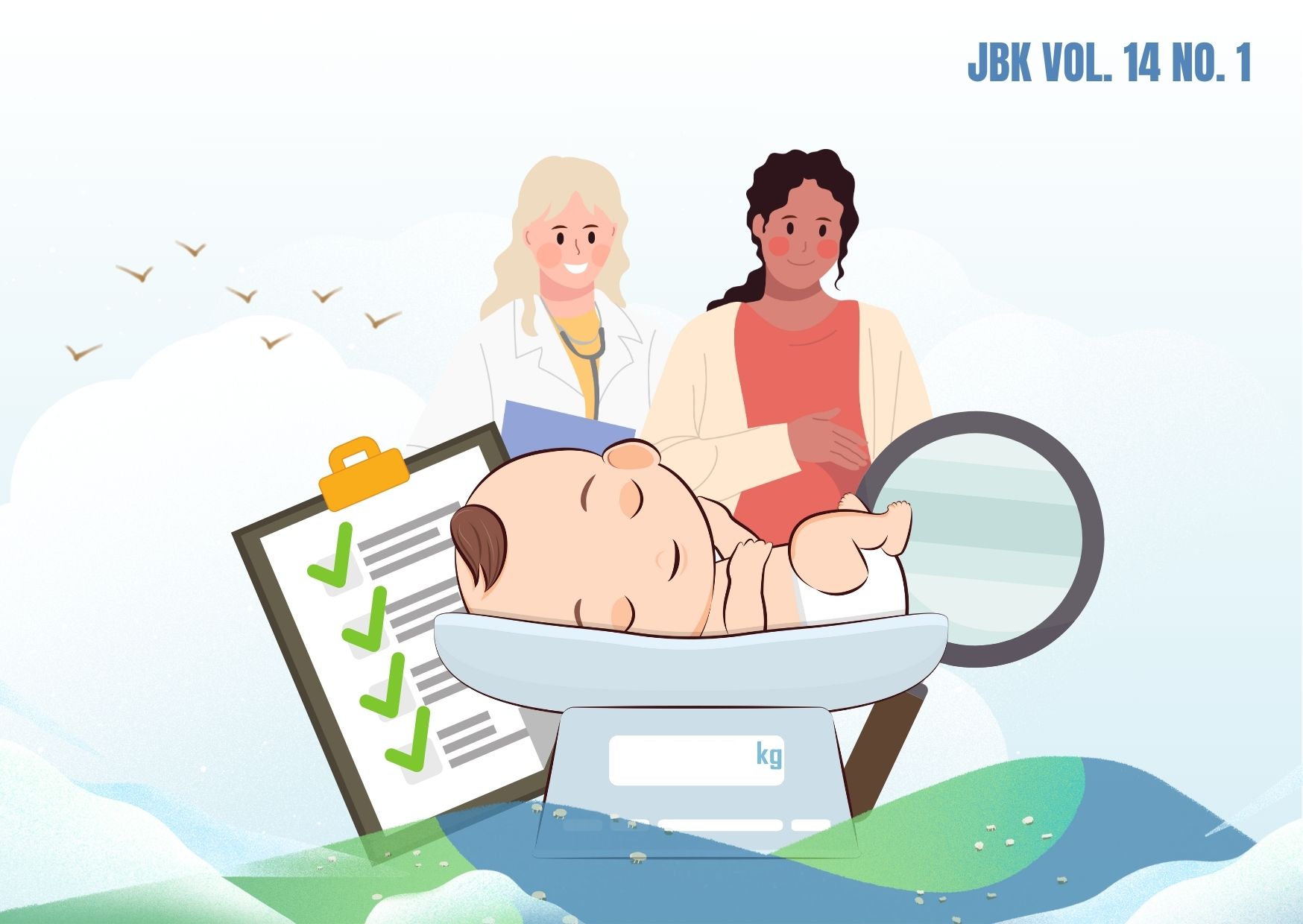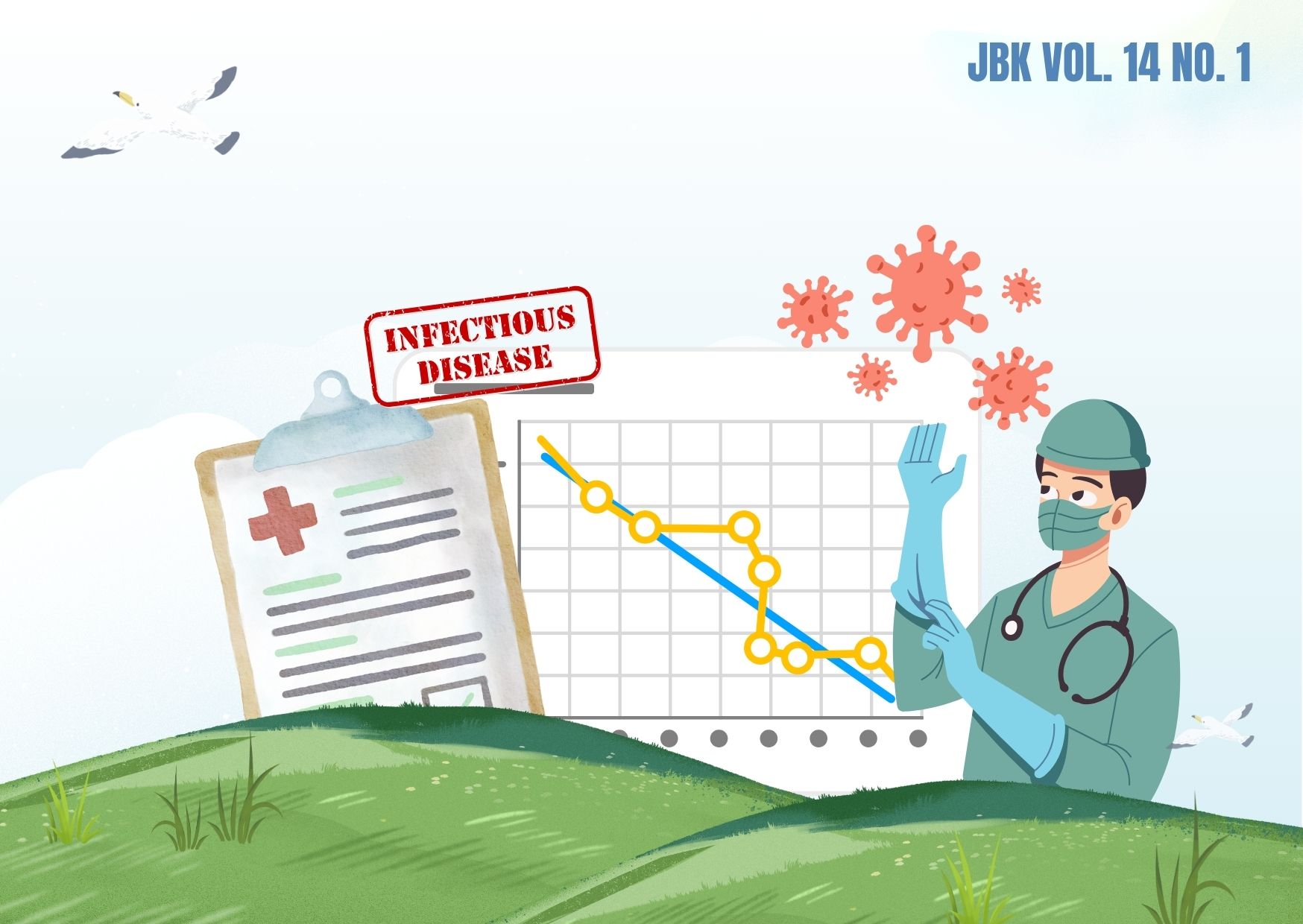ESTIMATION OF INFANT MORTALITY RATES IN INDONESIA BY USING EMPIRICAL BEST LINEAR UNBIASED PREDICTION
Downloads
Infant Mortality Rate (IMR) is one of the many indicators that can measure the health status of a population in an area. IMR is also part of thethirdSustainable Development Goals (SDGs), namelyto ensure healthy lives and promote well-being for all of all ages. IMR was produced with direct estimation from the Indonesian Demographics Health Survey (IDHS). However, the result of the 2017 IDHS publicationindicated thatseveral direct estimationsof IMR in 34 provinces in Indonesia hadhigh relative standard error (RSE) values. Accurate data (from the RSE value) is neededfor policy making. Therefore, this paper focused onsmall area estimation (SAE) by using the empirical best linear unbiased prediction (EBLUP) method andestimatedIMR to the provincial level. SAE worksby using the strength of several variables from the village potential data (Potensi Desa) which correlates strongly with IMR. The results of the analysis with theRSEusedas a measure of model accuracy showed that by using the SAE EBLUP method in the IDHS data,an average RSE value of 15.23% was obtained, which is smaller than the direct estimate of theaverage RSE value of 29.51%. This research paper concludes that SAE using the EBLUP method is good for estimating the Provincial level IMR value in Indonesia in 2017.
Ashani, T. A., & Rofi, A. (2012). Kematian Bayi Menurut Karakteristik Demografi dan Sosial Ekonomi Rumah Tangga di Propinsi Jawa Barat (Analisis Data Kor SDKI 2007). Jurnal Bumi Indonesia, Volume 1 No.3.
Bagus, D. S. I., & Marhaeni (2019). Pengaruh Faktor Ekonomi, Sosial Dan Demografi Terhadap Keputusan Ibu Rumah Tangga Untuk Bekerja Pada Usaha Banten. Piramida, Vol. 14 No. 2.
Bell, Philip. (2000). Weighting and standard error estimation for ABS household surveys. ABS Methodology Advisory Committee: Australian Bureau of Statistics.
Fay III, R. E. (1979). Estimates of income for small places: an application of James-Stein procedures to census data. Journal of the American Statistical Association. Volume 74: 269-277.
Copyright (c) 2021 Jurnal Biometrika dan Kependudukan

This work is licensed under a Creative Commons Attribution-NonCommercial-ShareAlike 4.0 International License.
Copyright©2022 Jurnal Biometrika dan Kependudukan (Journal of Biometrics and Population)
This work is licensed under a Creative Commons Attribution-NonCommercial-ShareAlike 4.0 International License.
1. Copyright of all journal manuscripts is held by the Jurnal Biometrika dan Kependudukan.
2. Formal legal provisions to access digital articles of the electronic journals are subject to the provision of the Creative Commons Attribution-ShareAlike license (CC BY-NC-SA), which means that Jurnal Kesehatan Biometrika dan Kependudukan to keep, transfer media/format, manage in the form of databases, maintain, and publish articles.
3. Published manuscripts both printed and electronic are open access for educational, research, and library purposes. Additionally, the editorial board is not responsible for any violations of copyright law.



































